As much as we all wish for lower electricity prices in the near future, there appears to be no likelihood of this happening in the short or medium term, leaving us with no alternative but to reduce our usage at home. With this in mind, this post will look at 20 ways to reduce our household electricity bills.
1. Change your light bulbs over to LED

If you are still using incandescent, halogen, or fluorescent light bulbs and have not yet made the switch to LED, you may be surprised at how much these old bulbs can contribute to your power bill. LED light bulbs are approximately 80% more efficient than incandescent bulbs; they convert nearly all of their energy into light and waste almost no energy on heat.
Although LED light bulbs cost more to buy, they can last up to ten times longer than incandescent bulbs. If money is tight, try to replace two older bulbs with LED bulbs each week, until you’re all done.
2. Try to be a little smarter about how you use your Air-Conditioner

2.1 Using your Reverse Cycle Air-Con to warm the house during winter.
Cold winter temperatures can be difficult for everyone, especially those of us who despise the cold. If you use your reverse cycle air conditioner to heat your home during the coldest months of the year, you are no stranger to higher-than-average electricity bills. If used extensively, this method of heating could easily account for nearly half of your winter electricity bills. This is not to say that you should not use this method; on the contrary, heating your home with reverse cycle air conditioning is a very cost effective way of keeping your home warm if you use it wisely.
Reverse cycle air conditioners extract heat from the outside air, compress it, causing it to heat up, and then pump that air into your home via the fan. Because the process of compressing air consumes a lot of energy, I would not set your air conditioners desired temperature to say 30 degrees and try to turn your house into an oven when it’s 1 degree outside.
Set the desired temperature on your air conditioner to as low as you can tolerate, such as 19-20 degrees Celsius. The higher the temperature you set your unit, the harder it will have to work constantly; if you set it to 30 degrees, it will not be able to cycle off. It will end up running non-stop to try and meet your requirement.
Your air-con will most likely end up consuming roughly twice as much electricity as it would at the lower temperature setting, and you will notice this usage on your electric bill.
2.2 Using your Air-Con to cool your house during summer
When we use air conditioners to cool our homes in the summer, the evaporated refrigerant in the evaporator coil absorbs heat from the air as it is pushed through the coil by the blower fan. There are two major money-saving ideas that come to mind in association with this process.
The first idea is to have your air conditioner serviced before the summer. When the evaporator coil is dirty, the cooling process is much less efficient, and the process must work much harder to achieve the desired temperature inside the home. A dirty coil can cause a loss of efficiency of up to 25% and in some cases more than this.
The second idea is to set your air conditioners desired temperature to around 24 degrees Celsius; the lower you set the desired temperature, the harder the cooling process has to work. If you set the temperature to, say, 18 degrees Celsius, the poor old air conditioner will have to work nonstop at maximum effort to meet your needs. As a result, the electricity will be excessive and this will be reflected on your power bill.
3. Wash your clothes with cold water & a front-loading machine.

Washing clothes with warm water is sometimes unavoidable if you need to clean some very dirty garments. Warm water tends to remove tough stains better than cold water because warm water can break down the oils and other substances that make stains stubborn and difficult to remove.
However, most of the time, the clothes in your basket are not that dirty, so there’s no reason to involve hot water, after all Hot water systems do use quite a lot of power. Try to stick to the cold wash setting and use specific cold water washing powders or liquids for the majority.
If you have an ecologically friendly setting on your washing machine, be sure to take advantage of it as it lets you use less water and power.
If you can afford it, consider replacing a top-loading washing machine with a front-loading unit. Roughly speaking, top loaders can use up to 60 percent more power than front loader models, naturally pick a unit with a high star rating. Making this switch will help with your power bills.
Although it might be hard to consider during winter sometimes, be sure to hang your clothes out on the line when it’s a nice day. Otherwise you could always purchase an indoor clothes line. The one thing to consider with hanging clothes inside though is to make sure you hang them in a room that is warm and well ventilated as wet clothes release moisture into the air as they dry and this can lead to mould and bacteria growth inside your home.
4. Turn off appliances at the wall power outlet.
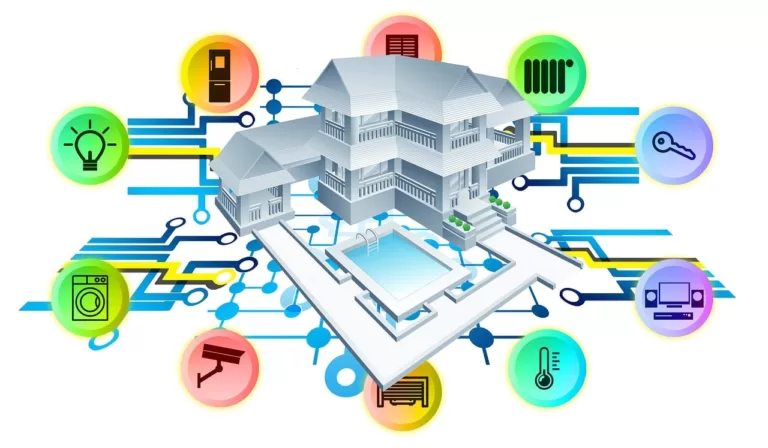
Appliances such as televisions, computers, set-top boxes, microwaves, dishwashers, and even phones on charge chargers drain electricity when not in use or in standby mode, causing your electricity bill to rise for no apparent reason. If you frequently forget to turn off the power at the wall, consider purchasing a smart power board that is compatible with Grid Connect smart home automation systems to eliminate standby electricity waste in your home.
The assumption here is that you are familiar with the technology associated with this. It entails installing the free Grid Connect app on your smart-phone and using your home Wi-Fi or mobile internet connection to control, personalise, and automate your smart power boards. It only takes a few minutes to set up using your wireless network, and there are a variety of products available that allow you to customise your system however you want.
5. Close up internal doors & windows within your home.

If you spend the majority of your day in one room of your home, there’s probably no reason to try to heat or cool the entire house. Whatever type of temperature change you are attempting and whatever equipment you are using to achieve it, the larger the space you are attempting to control the temperature in, the harder that equipment must work. Close any internal doors and seal any drafts around the house to trap air inside the room you want temperature controlled efficiently. You could use door snakes or one of the many types of fluffy roller door seals for this.
You should also make sure to close any windows and draw any blinds or curtains. Heavy/thick curtains are effective at reducing air exchange between a bitterly cold window and the room you’re in and attempting to keep warm in the winter. Heavy/thick curtains that are floor length and placed close to the wall and window panes can significantly reduce heat loss.
6. Consider insulating your home
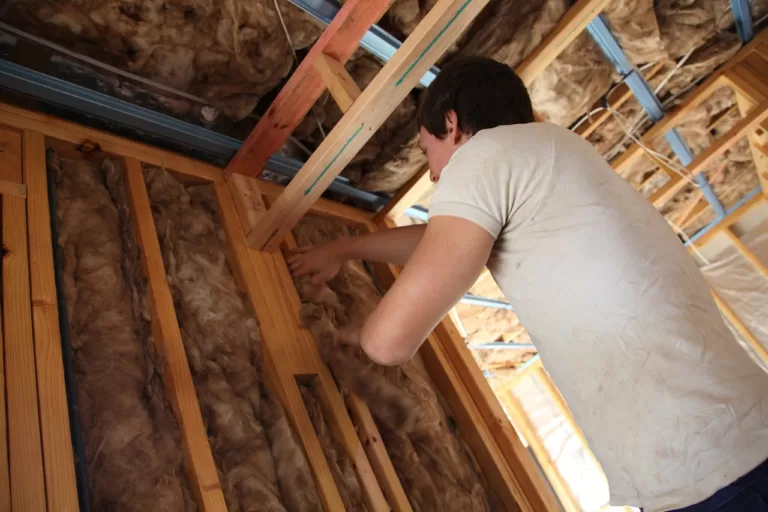
Insulation is an expensive one-time investment, but it is an effective way to improve your home’s energy efficiency. Although it is an additional expense to consider, there are significant long-term benefits. Insulating your home will help you save a significant amount of money on heating and cooling by acting as a barrier and keeping it warm in the winter and cool in the summer. Regardless of the outside temperature, a well-insulated home provides comfort and reduces heating and cooling related electricity usage.
7. Monitor your electricity usage.
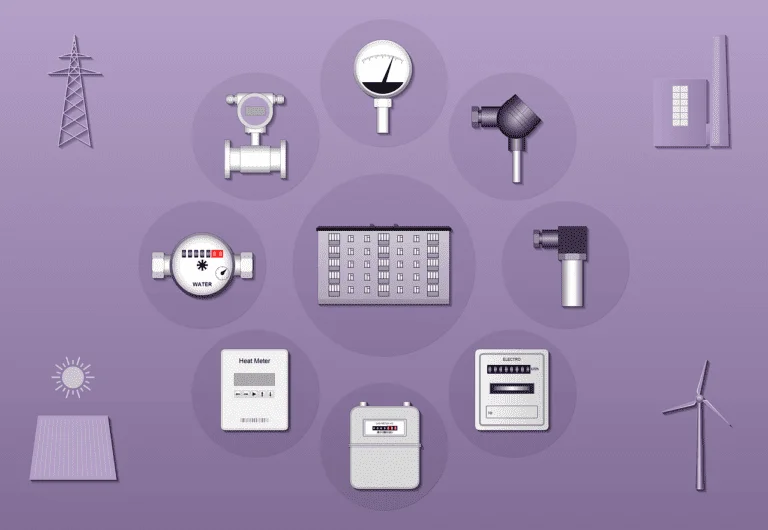
You can see how and when you use power by monitoring it with an energy monitor, which makes it easier for you to find ways to save energy and cut your bill. The majority of smart meter users can access electricity monitoring; however, other meter types will need a meter attachment. Talk to your electricity provider to see what can be done at your home.
8. Take the time to compare electricity provider deals.

You might be able to save money by looking around for a better deal if you have been using the same energy provider for a number of years. The products and prices offered by energy companies are constantly changing. Even though you may have gotten a good deal when you first signed up many years ago, it’s possible that after making a few phone calls, you can switch to a much better deal and make considerable monthly savings.
9. Move away from paying peak electricity rates.

Discuss off-peak options with your electricity provider. Energy use outside of peak hours may be rewarded under certain contracts. There are typically a few off-peak options available for you to choose from. There is frequently an off-peak option that will save you money from 10 p.m. to 7 a.m. One modification you can make in this situation is to run your dishwasher or washing machine late at night or early in the morning.
10. Wrap yourself up to stay warm in winter.

Wear extra layers of warm clothing during the day and at night during winter. You could also throw on more bedding at night as well. This may reduce your desire to heat the room.
11. Investigate cheaper ways for tolerating summer.

11.1 Purchase and Install Ceiling Fans.

The cheapest way I can think of for tolerating summer is to install ceiling fans.
A ceiling fan does not actually lower the overall temperature in a room, but it can definitely make a space feel cooler. Ceiling fans primarily work through something called a wind chill effect. Essentially, the moving air across your skin helps to evaporate sweat at a faster rate. This can help to lower your body temperature a little. Be sure to purchase ceiling fans that are the newer high efficiency design, the blades will have a tilted shape and not flat as much older ones were.
The old flat blade design struggle to move enough air to make you feel cool and as a result you will have them turned up to the maximum setting all the time, using more power than you need to. Fast moving air from the ceiling fans displace the warmer air that is in direct contact with our skin. This enhances the rate of convective heat transfer, which means we feel cooler. Moisture in the form of sweat on our skin also evaporates more quickly in the presence of fast moving air.
Installing ceiling fans throughout your house is yet another option available to your for reducing your long term electricity costs. You will have the initial costs of the purchase and installation of the fans but the long term savings can be quite impressive. An average efficiency ceiling fan will cost around $0.01 (1 cent) per hour to run. As a rough estimate it will cost around $250 installed for each ceiling fan and if you install these in 5 rooms of the house, the up front cost will be $1,250.
11.2 Roof mounted evaporative cooling systems.

The next cheapest way that comes to mind is an evaporative cooling system that mounts on your roof. Evaporative cooling is a highly efficient, eco-friendly cooling system. It works by drawing in hot, dry air and filtering it through water-filled cooling pads via the roof-mounted unit. This causes the water to evaporate and form a cooling vapour. The system’s fan then disperses the air to either a central location or desired rooms through a series of ducting and vents.
On top of the cost of purchase and installation there will be costs associated with ducting as well. An average efficiency evaporative cooling system will cost around $0.13 (13 cents) to run, plus they can use around 25 litres per hour of water and the cost of that will depend on where you live but at $2.30 per kilolitre of water, this would cost around $0.05 (5 cents) per hour. We’ll say that the cost for running a roof mounted evaporative cooling system is $0.18 (18 cents) per hour. An average evaporative cooling system for a mid to large home might cost around $2,800 for the unit.
Then the ducting needs to be run into each room and the cost of this will vary based on the specifics of your home but we will allow $1,500 for this work. We also need to allow for the cost of the plumbing work and we will allow $500 for this work. We will use a total up front costs of around $4,800 for this article.
11.3 Split system refrigerant air-conditioners.

Refrigerant air-conditioners cool your home via a heat exchange process. As the liquid refrigerant inside the evaporator coil converts to gas, heat from the indoor air is absorbed into the refrigerant, thus cooling the air as it passes over the coil. The indoor unit’s blower fan then pumps the chilled air back through the home’s ductwork out into the various living areas. You can refer back to point 2.2 in this article for more info on air-conditioners.
You have a couple of options when looking at refrigerant air-conditioner split systems. The most common option I see that people have gone with is to install an individual split system in ever room that they deem necessary but this is not only option.
13.3.1 Single head split system refrigerant air-con system.
Each room will have an outdoor unit and an indoor unit. For this article, we’ll assume that we purchase 2.5kw units. An average 2.5kw single split system installation will cost around $0.22 (22 cents) per hour to run, assuming that it’s set at a sensible temperature. If you have 4 units at your home and needed to run all 4 units, it would cost $0.88 (88 cents) per hour to run. You can buy an average spec 2.5kw split system for around $800 and then you need to allow around $600 per unit for installation costs. If you decided to purchase 4 x single 2.5kw split systems, the total up front cost would be around $5,600.
13.3.2 Multi head split refrigerant air-con system installation.
The other option we have is to install a multi-split system, if for instance you wanted to have 4-5 rooms cooled by this system, you would have 4-5 indoor air outlets being fed by 1 x large outdoor unit and this might range for 7 to 15kw. An average efficiency 4-port Multi head 8kw size refrigerant air-conditioning split system could cost around $0.70 (70 cents) per hour to run. The up front cost of purchasing a 4 port multi head system with an 8kw outdoor unit could be around $5,000. You would then need to allow around $2,500 for installation costs. The total up front costs for this type of system would be around $7,500.M
13.4 Comparing the costs of running each option for tolerating summer.
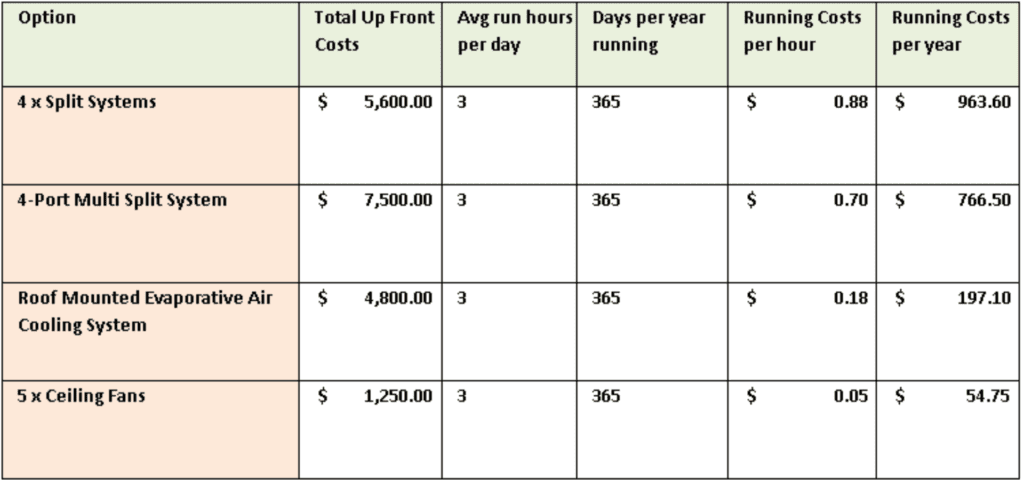
14. Block out the sun during the hottest parts of the day during summer.
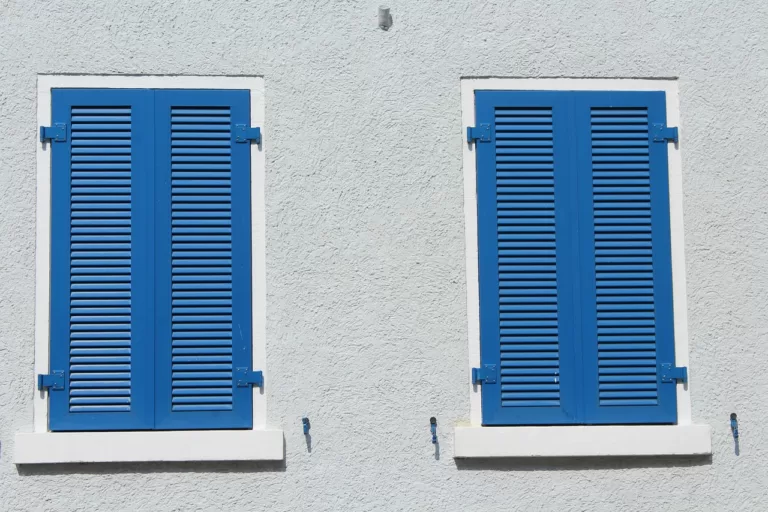
Consider sun blocking options such as shades, blinds, screens, awnings, glass tinting, curtains, and shutters.
15. Improve the overall efficiency of your pool.
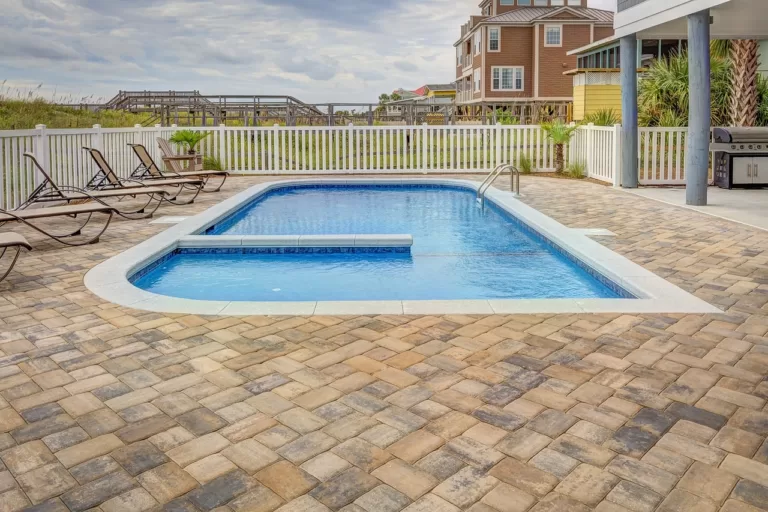
Many of us still see a backyard pool as essential to our way of life. Having a pool can help you escape the summer heat, but maintaining one is unfortunately expensive. The big chunk of our annual electricity expenses are incurred by the pool pump as it works hard to filter our pools all year long. The only difference in usage will be during winter when pools are more likely to be covered and not used.
If you have a pool, as a minimum you should consider spending the extra money on a variable-speed pump that uses less energy and only run it off-peak hours.
However, a much better option is switching to a solar-powered pump. You can save a lot of money over time by switching to solar-powered pool pumps. They function in the same way as your current pool pump powered by the grid; they just get their energy from a stand-alone solar array you install specifically for using a DC solar pool pump to circulate and filter the water in your pool. You might need between 3 to 6 panels for these systems.
16. Either get off the grid or purchase a hybrid solar power system.
16.1 Is
going ‘Off-Grid’ a realistic option?

The cost of solar panels and battery systems have decreased over recent years and will still continue to get cheaper as manufacturing levels increase. Panels are getting better every year too. Some may find the up front cost of going off-grid to be prohibitive but the savings you’ll get in the long run make it a financially sound choice; an off-grid homeowner could save around $25,000 over 20 years, especially if power prices continue to increase at current rates.
Given the ridiculous rates we are now expected to pay for electricity usage, there’s probably a good chance you will get full return on your investment your complete off-grid solution in as little 9 years.
16.2 A Hybrid Solar System is often a very effective solution.

Utilising a hybrid system is a fantastic way to manage your power supply. With solar panels and a backup battery, you have the tools you need to become your own energy provider, with the added security of being wired into the power grid. By lowering your electricity costs, hybrid systems will help you save money, making the higher initial system costs worthwhile. The majority, if not all, of the extra energy that your system produces will be stored by your solar battery rather than fed back into the grid where you will get your feed in tariff rate.
What makes a hybrid system unique is the fact that you will be protected during bad weather and when using it at night. You have access to the grid and a full backup battery in case you need more power than what your backup battery can supply. Hybrid solar systems are a great way to keep your electricity costs at a bare minimum.
17. Reduce water heating costs by using less hot water.

Your home hot water system can account for up to 20% to 25% of your total electricity bill. Bathrooms are typically the rooms that use the most hot water, with the shower being the main culprit. So we can make some quick improvements in this area by taking shorter showers, installing water-saving shower heads, and fixing and dripping hot water taps in the shower stall.
The laundry and kitchen are the next most hot water using rooms in the house, with your dishwasher and clothes washing machine being the worst offenders, closely followed by washing too many dishes by hand rather than using the dishwasher. When you have enough to completely fill the dishwasher, use it, the dishwasher is more water-efficient than washing by hand for larger requirements. If you only have a few dirty plates in the rack you’re probably better off washing in the sink, but avoid running the hot water for any longer than necessary.
Regularly have your hot water system serviced by a licensed trades-person in accordance with the manufacturer’s instructions. If your hot water system is more than 13 years old, think about replacing it with a new energy-efficient solar water heater unit. Finally, if you go on vacation or are away from home for an extended period of time for any reason, make sure to turn off your hot water system. As long as you turn it back on when you get home, you’ll have hot water for your shower in the morning.
18. Replace your stove, dishwasher & clothes washing machine with energy efficient units.

Don’t wait until these units fail before deciding what to replace them with. In an emergency, you may not care as much about the energy rating as you should, and instead focus on whatever is available.
Doing research on the most energy efficient replacement options twice a year will keep you up to date on what the best options are and when they are available. If you know you’ll only be buying a replacement unit from your local retailer, make a note of the best options they have in stock and call in twice a year.
19. Limit how much you use your oven

Instead of using the oven, use the microwave, mini oven, air fryer, or good old BBQ as much as possible. Your electric oven significantly contributes to your electric bill. They can consume approximately 3KW of power per hour.
20. Clean fridge door seals and replace if worn.

Replace worn or damaged door seals to keep your refrigerator
energy efficient. This will keep your
refrigerator from losing cold air when the doors are closed.
If cold air is constantly escaping from your refrigerator, the
workload on your compressor will increase, which will increase electricity
usage and your associated power bill, as well as shorten the lifespan of your
refrigerator.


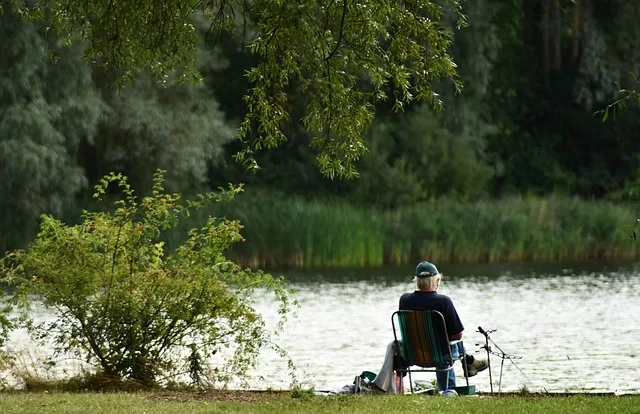
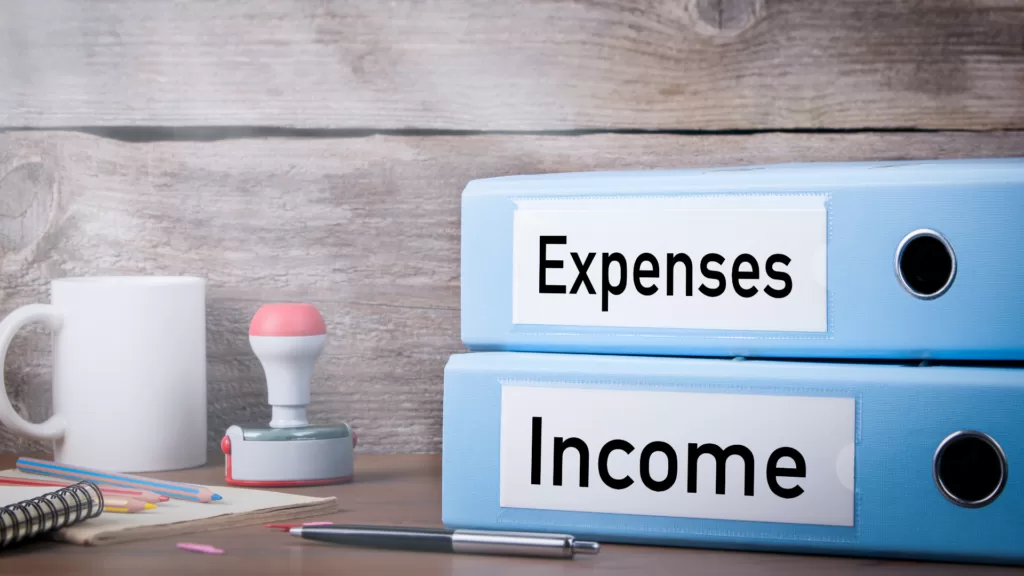
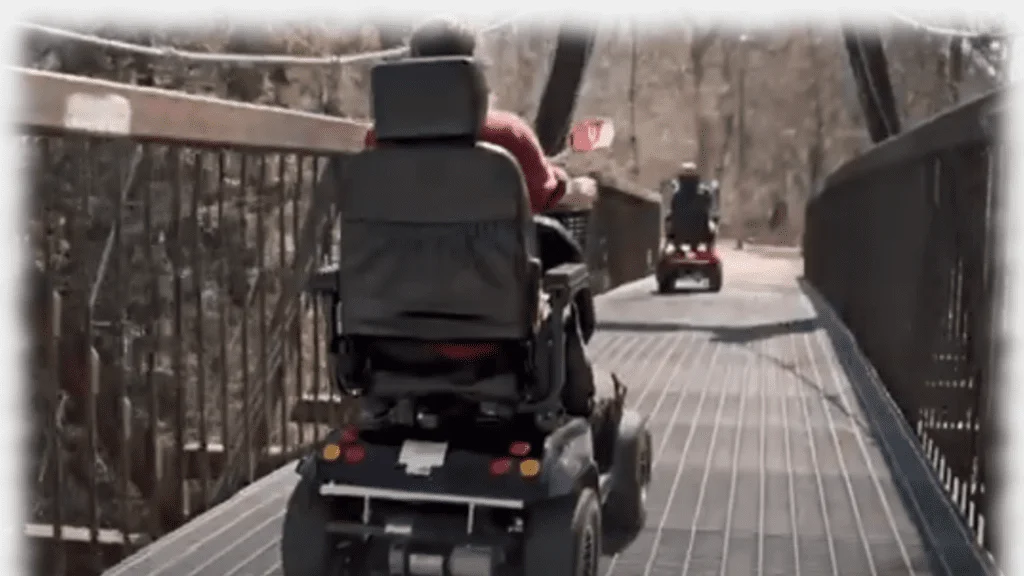



[…] to cut back on our usage at home. In light of this, you might like to read this post about 20 methods for reducing our household’s electricity costs. Numerous variables, such as your local climate, the age, size, and style of your home, affect […]
[…] Here’s a good link if you’re looking for solid information on how to save money on electricity: https://www.mintonnareviews.com/top-20-ideas-to-reduce-electricity-bills/ […]
[…] consumption at home. In light of this, you might be interested in this article about 20 ways to reduce our household’s electricity costs. […]
[…] are things we can do such as coming up with at least 20 new ways to reduce electricity usage in your home. You may even re-consider how your home is supplied electricity by taking […]
[…] […]
[…] are compelled to reduce our usage at home. In light of this, you might find this article about 20 ways to cut our household’s electricity costs interesting. The amount of energy used in each household depends on a wide range of factors, […]
[…] back on our usage at home. Given this, you might be interested in reading this article about 20 ways to reduce our household’s electricity costs. Each household’s energy consumption is influenced by a variety of elements, […]
[…] […]
[…] When Exercising Alone – Tips and Tricks. Top 15 Ways to De-clutter and Reduce Home Maintenance. Top 20 ideas to reduce electricity bills – Mintonna Reviews. Sit to Stand Assistance Devices – Mintonna Reviews. Opening Glass Jars-Ring Pull Lids on […]